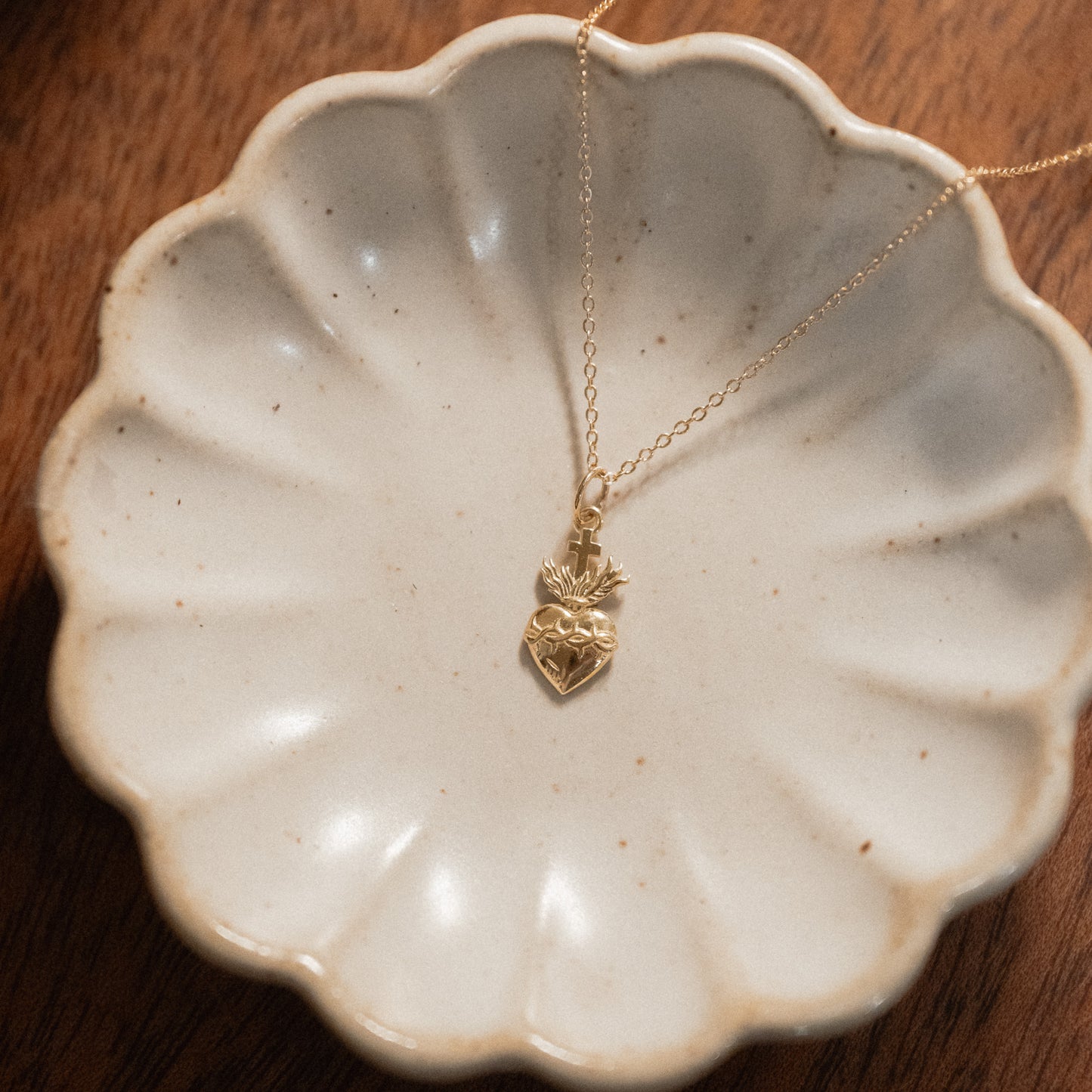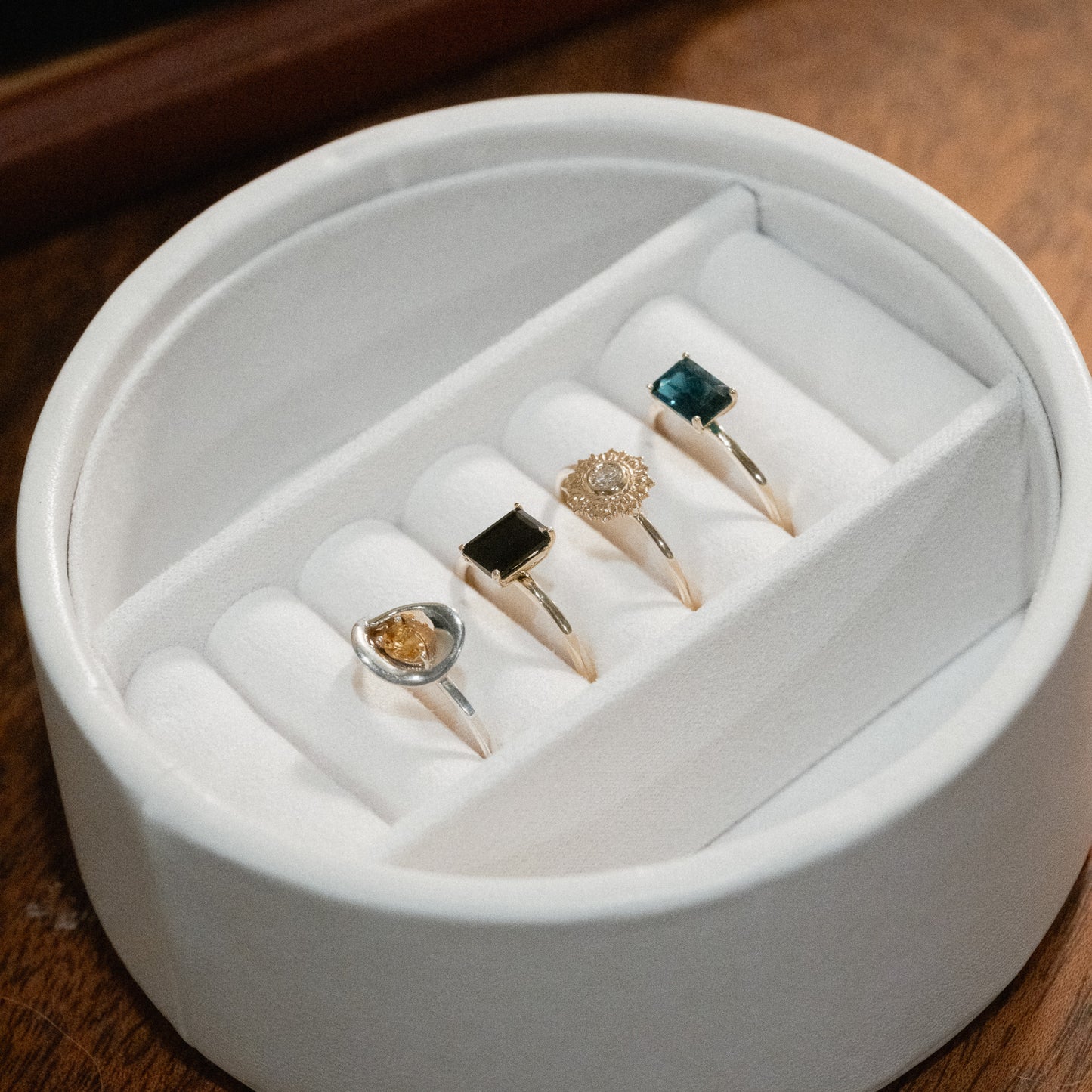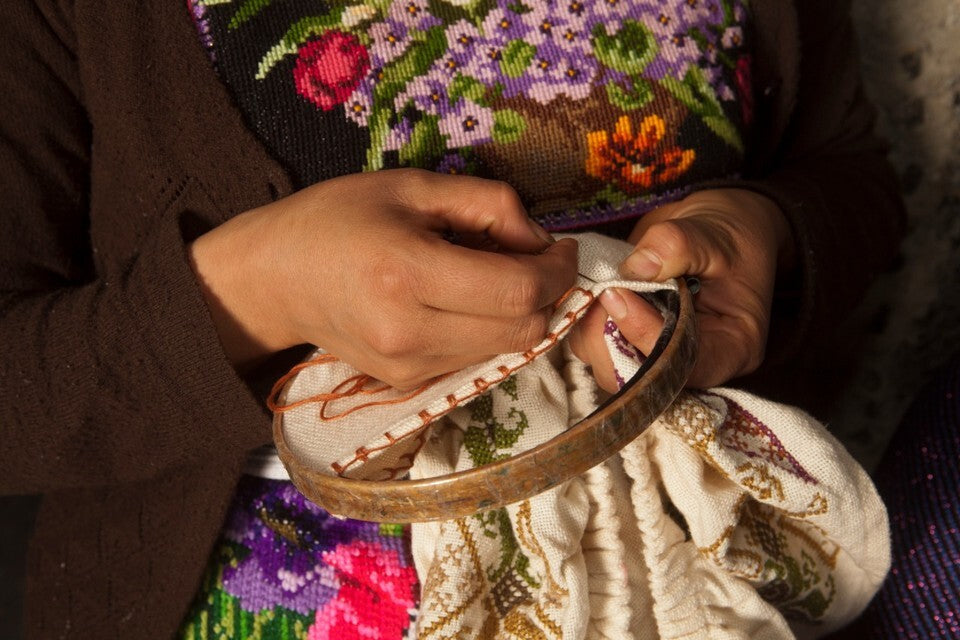Like many others, you may have stumbled across Cadena Collective's page and asked yourself: "how do I wear any of these products if I don't identify as Mexican or Latine?" As a Puerto Rican who also wondered if I could purchase an item from Cadena's marketplace, I realized there are ways to pay homage to skilled artists without appropriating their culture.
First things first, what is cultural appropriation? Cultural appropriation is defined as the act of taking ownership of all or some parts of a group's identity or culture. These are then manipulated, disrespected, or exploited without acknowledgment of the originating community.
Consider the difference between appropriation and appreciation when wearing an item from Cadena--or any other brand-- and ask yourself the following. Are you simply wearing something because you think it's beautiful with no regard for its origin? But, on the other hand, have you taken the time to learn more about the culture represented through the piece you're wearing? These fundamental questions make a the difference between appropriation and appreciation.
When wearing pieces with respect, purchasing with intention, and acknowledging the culture they originate from, you are not partaking in cultural appropriation. If you want to make sure you're buying consciously, here are some questions to ask yourself:
Are the artists getting paid a livable wage?
One common misconception is that something made from traditional artisan techniques makes it inherently cheaper or more affordable. That's something that needs to be unlearned! Artisans are skilled and creative artists who deserve to be paid their worth, especially since many produce items using techniques handed down by generations and perfected with many years of practice.
Do you know who made the items?
For many, it's easy to purchase items from a different culture without asking themselves where it comes from or how it was made. But, details on the artisan or community who made an item can give insight into ethical sourcing, fair pay, or possible red flags that should sway your purchase. More and more businesses are able to import products without disclosing any details, including the makers or the community where it comes from. This matters because many communities have been targets of exploitation and plagiarism. As a consumer taking note of what information is disclosed will help you shop consciously.
Are they remaining authentic to the artisan techniques?
This is a big one! When you buy from a culturally inspired brand, the goods they offer should be respectful to the community they are working with. This means that traditional embroidery should be true to its original form and not plagiarized via methods other than its original form without the communities consent.
Do they respect the people they work with?
There is value in knowing where pieces come from and who makes them; however, there is a fine line between giving credit and tokenism. Too often, we see images of artists holding up signs that read, "I made your clothing." While the intention might be to highlight where the clothing comes from, it creates a trophy image of some businesses' work. Originating communities should not be used as token images. Be cautious of companies that solely use such images of communities as the main selling point.
Still on the fence about wearing brands that represent a different culture than yours? Take a step back and reflect on what makes you feel you can't wear a traditional piece before ruling them out of your closet! Artisanal pieces are empowering, and shopping conscientiously is the only requirement for adding them to your wardrobe. We'll be here when you're ready!





